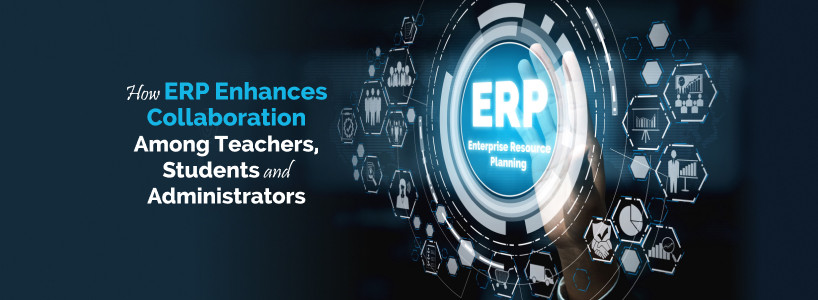In todays fast-paced educational environment, seamless collaboration among teachers, students, and administrators is no longer a luxuryits a necessity. Educational institutions are increasingly turning to ERP Systems (Edu-Automate) to bridge the communication gaps and ensure smoother academic and administrative processes.
ERP systems are comprehensive software platforms that integrate various institutional functionssuch as admissions, attendance, examinations, finance, library, and communicationinto a single, centralized solution. When effectively implemented, ERP systems significantly enhance collaboration, transparency, and accountability.
1. Centralized Communication
One of the key benefits of an ERP system is its centralized communication hub. Teachers can update schedules, post assignments, and send announcements, while students can access these updates in real time. Administrators can also notify both teachers and students about policy changes, exam schedules, and fee submissions. This reduces dependency on external apps or manual methods, ensuring that all stakeholders are on the same page.
2. Real-Time Academic Tracking
With ERP, students and parents can view real-time academic performance, attendance records, and assignment submissions. Teachers benefit from instant access to students progress, enabling more personalized and effective teaching strategies. Administrators can monitor faculty performance and student engagement without needing separate tools.
For instance, many institutions now prefer using a School Management Software that offers detailed dashboards, analytics, and reporting features. These tools make it easier to evaluate outcomes and improve overall educational quality.
3. Efficient Timetable and Resource Management
ERP allows administrators to create and manage class timetables digitally, which can be shared instantly with teachers and students. Teachers can plan lessons in advance, and students can prepare accordingly. Resource allocationlike lab schedules, classroom bookings, and faculty assignmentsalso becomes streamlined through automation.
4. Secure Document and Data Sharing
Another major advantage is the secure sharing of important documents such as circulars, academic materials, ID cards, and certificates. ERP platforms come with user-based access control, ensuring that sensitive data is only visible to authorized users. This level of security builds trust and enhances communication efficiency.
5. Boosting Transparency and Accountability
An ERP promotes transparency by recording all interactions and activities. Whether its fee payment, exam results, or leave applications, every action is logged and traceable. This improves accountability among teachers and students alike, while also reducing administrative workload.
6. Mobility and Anytime Access
Modern ERP systems often include Mobile Apps for School ERP, allowing access to vital information on the go. Teachers can mark attendance from their smartphones, students can submit assignments online, and parents can get updates instantly. This 24/7 access encourages continuous engagement and reduces communication delays.
Final Thoughts
By integrating various educational processes and providing a unified platform for communication, ERP systems truly enhance collaboration among teachers, students, and administrators. From improving classroom engagement to simplifying administrative work, ERP is transforming how educational institutions function in the digital age.
